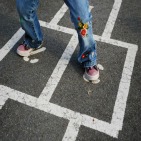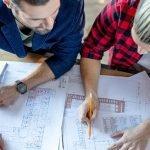
“…it is necessary to recognize that the early-childhood classroom has been significantly altered by increasingly rigorous academic standards in ways that rarely align with how young children learn,” writes The Atlantic’s Lara N. Dotson-Renta. Dotson-Renta is a mother herself, and for her piece “Why Young Kids Learn Through Movement” talked to many experts who stand by the fact that movement in early learning is vital to future success. A current push for more rigorous academic standards in the early years, however, has forced movement in pre-K and kindergarten classrooms to occur less and less. Dotson-Renta’s sources suggest the phenomenon could be detrimental to the country’s future work force- the movers and shakers who don’t learn to actually move and shake until too late in the game. The ideal classroom set-up for young learners, says professor emerita of early-childhood education at Lesley University Nancy Carlsson-Paige is one that’s in constant movement. “If you walk into a good kindergarten class, everyone is moving. The teacher is moving. There are structured activities, but generally it is about purposeful movement,” she said, according to the article. The National Association for the Education of Young Children says the role of play is crucial to developing healthy behavioral habits for the future; the group is vehemently against policy makers pushing more rigorous standards into the earliest grades while sacrificing play time with no concern. And the list of sources that support play in early learning go on and on. Read more for yourself here and check out related readings below. Nicole Gorman, Education World Contributor.





